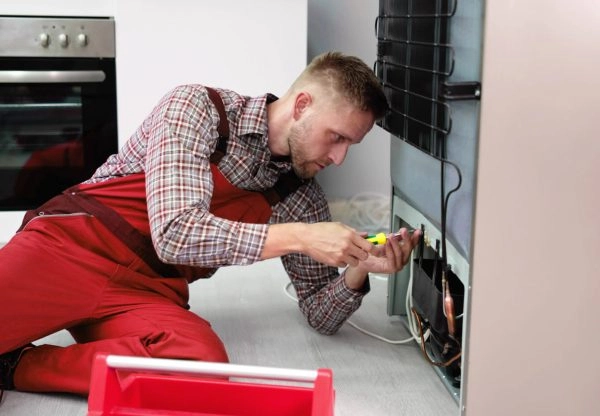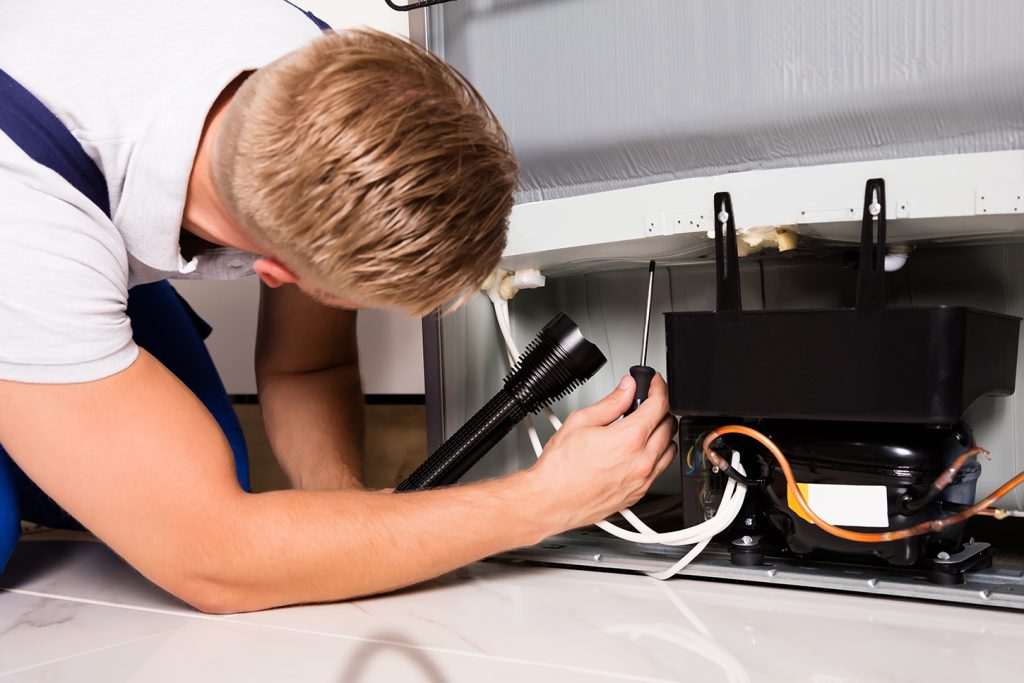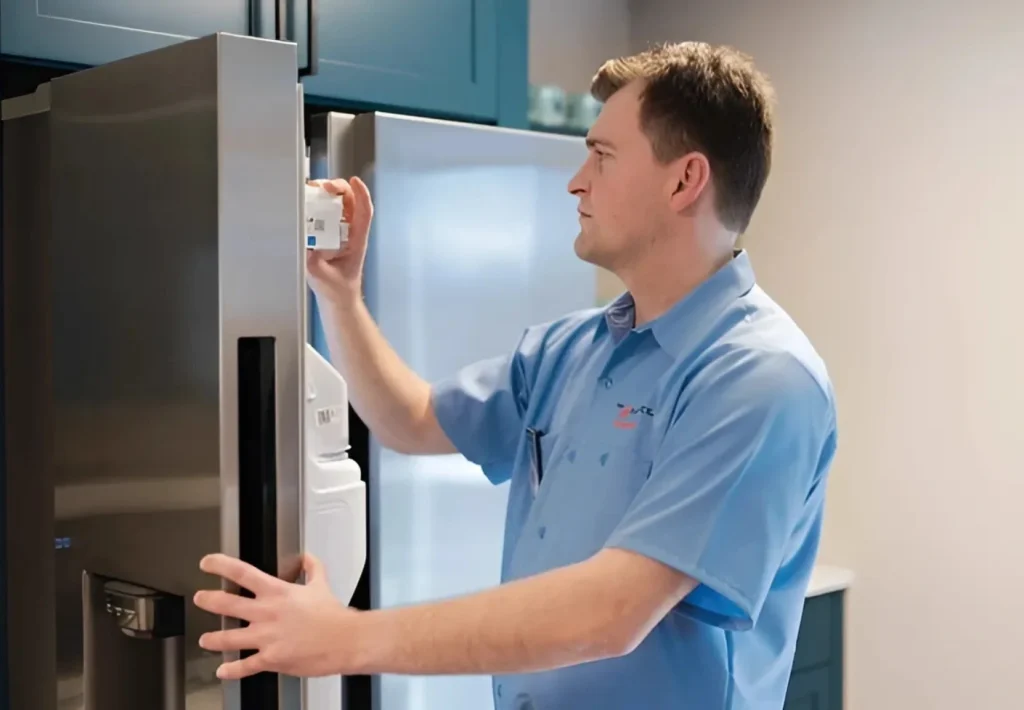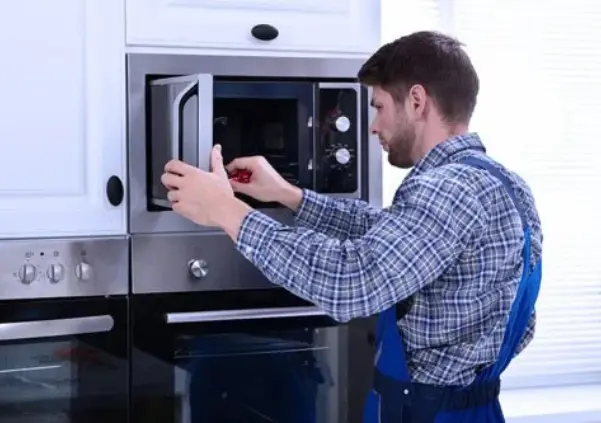Why Is My Refrigerator Freezing Food in Markham?

A properly functioning refrigerator maintains the delicate balance between keeping food fresh and preventing it from freezing. When you discover your fruits, vegetables, and dairy products transformed into frozen foods, it’s more than just an inconvenience—it’s an appliance issue that can lead to significant food spoilage and waste. For residents in Markham, Richmond Hill, and surrounding communities, a refrigerator that’s freezing items in the main compartment disrupts your daily routine and compromises food safety. Understanding the causes behind this common problem and knowing when to seek professional appliance repairs can save you time, money, and frustration while protecting your groceries from unwanted freezing. Toronto Refrigeration is here to help diagnose and solve these temperature issues efficiently.
Understanding Why Your Refrigerator Is Freezing Food
Modern refrigerators are designed to maintain consistent temperature zones throughout the appliance. The freezer section typically operates at around 0°F (-18°C), while the refrigerator compartment should maintain temperatures between 37°F and 40°F (3-4°C). This temperature range keeps food fresh without freezing it.
When food in your refrigerator starts turning into frozen foods, it indicates that the internal temperature has dropped below 32°F (0°C). This excessive cooling can damage certain foods’ textures and flavors, particularly fruits, vegetables, and dairy products. Items with high water content are especially vulnerable, often becoming inedible after freezing and thawing.
Common Causes of Refrigerator Freezing Issues
Temperature Settings Too Low
The most straightforward cause of freezing issues is improper temperature settings. Many refrigerator models, especially older ones, have simple numeric controls (typically 1-7 or 1-9) rather than precise temperature displays. On these models, a setting that’s too high (which actually means colder temperatures) can cause freezing problems. Modern refrigerators with digital control panels may still be set incorrectly if recently adjusted.
Faulty Temperature Sensor
The temperature sensor monitors the refrigerator’s internal environment and signals the control board when cooling is needed. A damaged or malfunctioning temperature sensor might incorrectly report that the refrigerator is warmer than it actually is, causing the cooling system to run longer than necessary.
Blocked Air Vents
Most refrigerators circulate cold air from the freezer section into the refrigerator compartment. If the vents that allow this airflow become blocked by food items, they can create cold spots where items freeze. Check areas near air vents and rearrange your food to ensure proper air circulation.
Problems with the Damper Control
The damper controls how much cold air flows from the freezer into the refrigerator compartment. If it’s stuck open, excessive cold air will enter the refrigerator, causing temperature fluctuations and potential freezing. This component often requires professional repair.

Issues with Evaporator Coils or Condenser Coils
Frost buildup on evaporator coils can disrupt proper cooling, while dirty condenser coils can cause the refrigerator to work harder than necessary. Both issues can lead to temperature inconsistencies, including over-cooling that freezes food in the refrigerator section.
Defective Control Board
The control board serves as the “brain” of your refrigerator, managing cooling cycles and temperature regulation. A malfunctioning control board might fail to properly regulate the compressor and fans, leading to consistent cooling issues.
How Temperature Controls Work in Modern Refrigerators
Understanding how your refrigerator manages temperatures can help diagnose freezing problems. Most modern refrigerators use a thermostat or temperature sensor to monitor conditions inside the appliance. When temperatures rise above the set point, the compressor activates to cool the refrigerator.
In many refrigerator models, particularly freezer refrigerators with a top or bottom freezer section, the freezer is cooled directly, and some of this cold air is directed to the refrigerator compartment through a series of vents and a damper. The damper opens and closes to regulate how much cold air enters the refrigerator section.
Several factors can affect proper temperature:
- Door seals that allow warm air to enter
- Frequent door openings that disrupt the internal environment
- Overloading the refrigerator, which blocks air circulation
- Placing hot foods directly in the refrigerator, which creates temperature fluctuations
Troubleshooting Steps You Can Take
Before calling for professional service, try these troubleshooting steps:
1. Check and Adjust Temperature Settings
Locate your refrigerator’s temperature controls and ensure they’re set to the recommended levels. Generally, 37°F (3°C) is ideal for the refrigerator compartment. If you have a numeric dial without specific temperatures, start by setting it to the middle position and adjust as needed after 24 hours.
2. Use an Appliance Thermometer
Place an appliance thermometer in different areas of your refrigerator to verify actual temperatures. This can help identify cold spots and determine if the entire compartment is too cold or just certain areas.
3. Inspect and Reorganize
Check that food items aren’t blocking air vents, particularly around the back wall where most vents are located. Allow some space between items for proper air circulation. Keep the crisper drawers appropriately filled—neither empty nor overstuffed.
4. Check for Proper Door Sealing
Ensure the refrigerator door seals properly. A weak seal allows warm air to enter, causing the appliance to work harder and potentially creating temperature inconsistencies. Test the seal by closing the door on a piece of paper—you should feel resistance when pulling it out.

5. Clean Condenser Coils
Dust and pet hair that accumulate on condenser coils can affect performance. Use a coil brush or vacuum to clean these coils, typically located at the back of the refrigerator or behind a front grille at the bottom.
When to Call Professional Help
While some refrigerator issues can be resolved with simple adjustments, others require the expertise of appliance repair technicians. Consider calling Toronto Refrigeration when:
- You’ve adjusted the temperature to the warmest setting, but food continues to freeze
- Your refrigerator makes strange sounds during operation
- You notice water leaks or signs of water damage
- Temperature fluctuations persist despite troubleshooting
- The problem has existed for an extended period
- You rely on medications that require precise refrigeration temperatures
Why Choose Toronto Refrigeration
Skilled Technicians with Extensive Experience
Toronto Refrigeration employs only licensed technicians and experienced technicians who specialize in refrigerator repair and other major appliances. Our appliance repair experts have extensive knowledge of all major brands, including specialized brands like Fulgor Milano. This industry knowledge allows us to diagnose and fix issues quickly and effectively.
Comprehensive Appliance Repair Services
While we excel at refrigerator repair, our expert team provides quality service for all household appliance and kitchen appliances, including:
- Washing machine repair
- Dryer repair services
- Dishwasher repair service
- Oven repair for both electric appliances and gas appliances
- Microwave oven repair
- Commercial appliances
This wide range of expertise means we understand how different appliances interact and can identify potential issues that might affect multiple kitchen appliances.

Same-Day Service Available
We understand that appliance issues, especially those affecting food storage, constitute urgent matters. That’s why Toronto Refrigeration offers same-day appointments and same-day repairs for many common refrigerator problems. When you call us, we’ll arrange an appointment at a convenient time, with minimal time windows so you’re not waiting around the entire time.
Transparent, Competitive Pricing
Our competitive prices and transparent pricing policy mean no surprises on your bill. Before beginning work, we provide an approximate repair cost estimate. We don’t charge a hidden service call fee, and we offer affordable rates that make quality repairs accessible to all homeowners in Markham, Angus Glen, Berczy Village, and surrounding areas.
Warranty on Repairs
We stand behind our work with a three-month warranty on repairs. This demonstrates our confidence in the quality of our service and provides peace of mind to our customers after the repair is complete.
Deep Community Roots
As a local business serving Markham—the 16th largest city in Canada with diverse cultural communities—we understand the unique needs of residents in the area. Our professional team has built a reputation for reliable repair services throughout the community, with positive customer reviews that reflect our commitment to excellence.
Conclusion
A refrigerator freezing food in its main compartment is more than just an inconvenience—it’s a sign of temperature control issues that require attention. By understanding the common causes and trying basic troubleshooting steps, you may resolve simple problems without professional help. However, when issues persist, Toronto Refrigeration’s team of skilled experts is ready to provide efficient repair services throughout Markham and surrounding areas. With our combination of technical expertise, extensive experience with all brands of appliances, and commitment to customer satisfaction, we ensure your essential household appliances function properly. Don’t let refrigerator temperature problems lead to food spoilage and frustration—contact our professional team today for reliable repairs that restore proper cooling and protect your groceries.